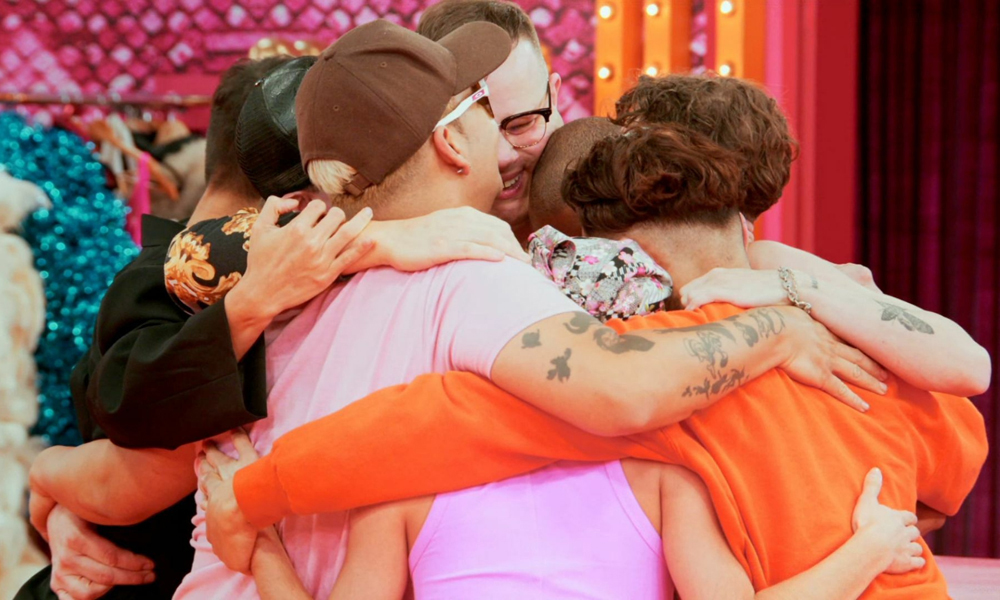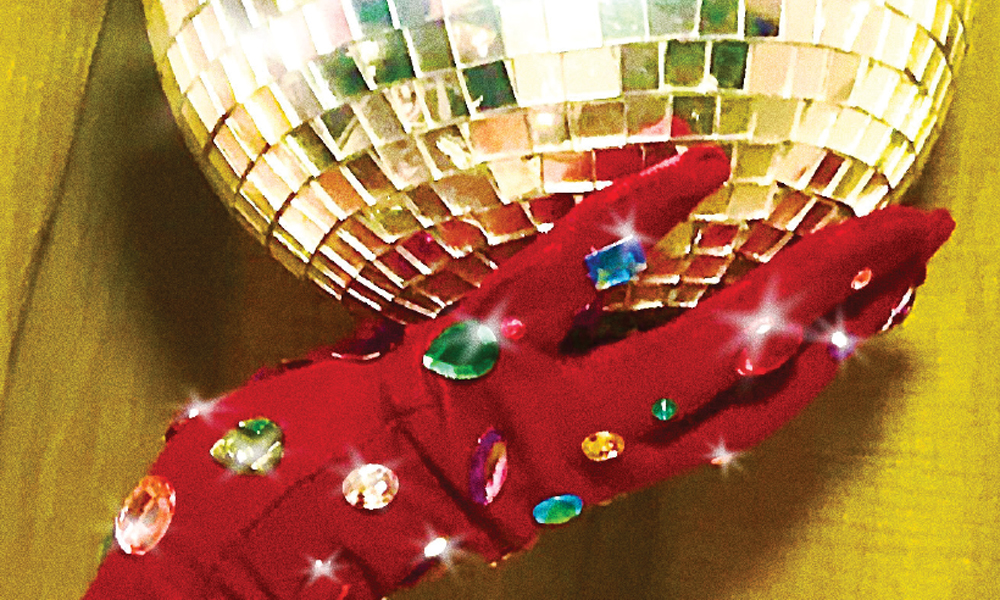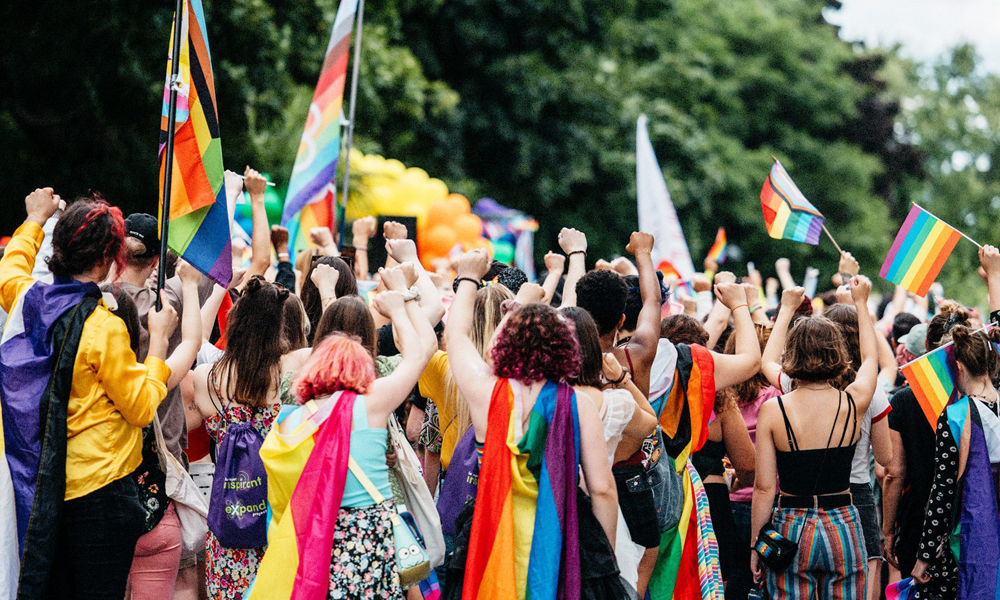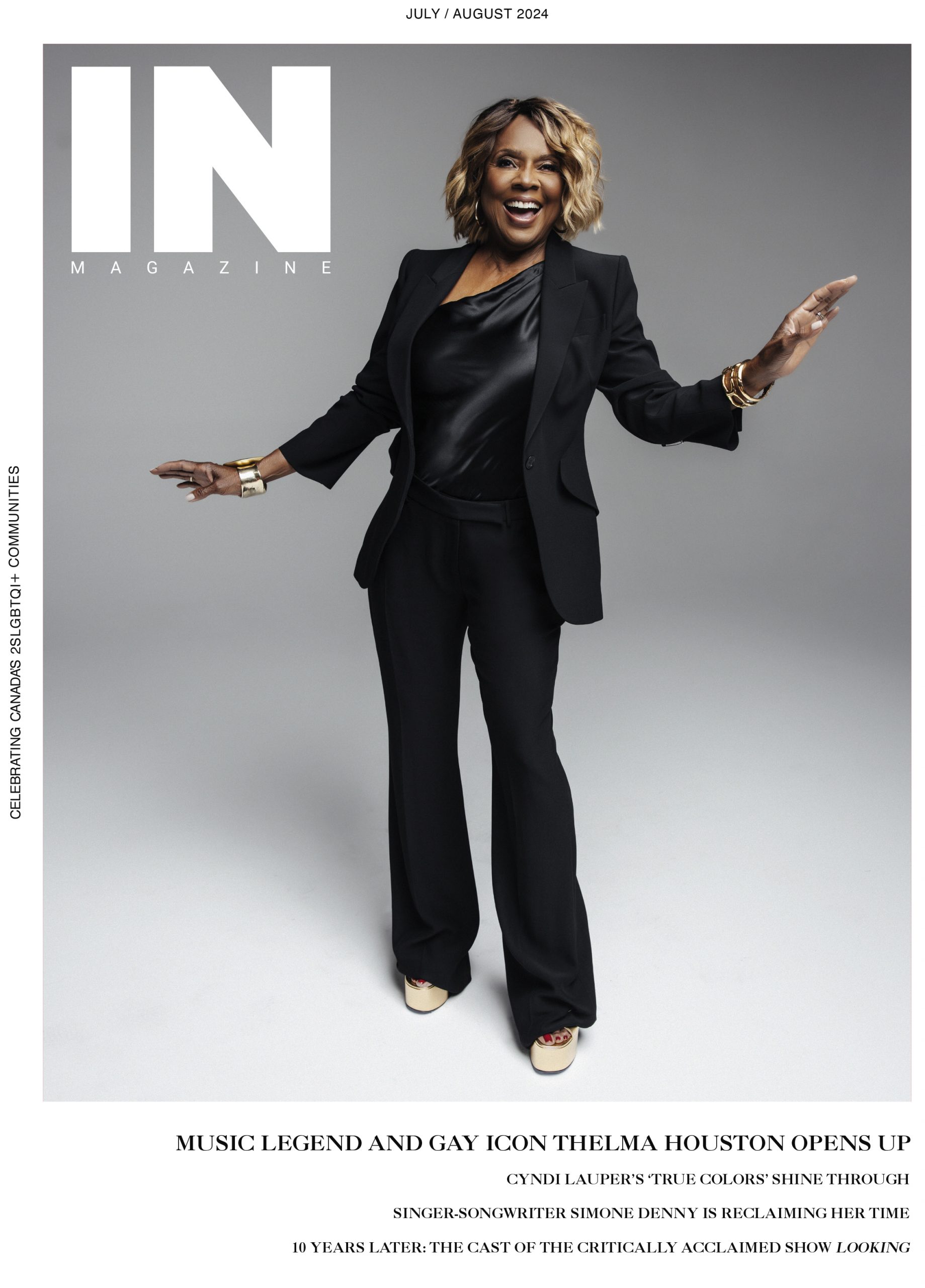For some young people experiencing homelessness the holidays can represent a time of loneliness, stress, and violence…
By: Dr. Alex Abramovich, Nicole Elkington, John Segui, Rowen K. Stark
For some, the holiday season may be an opportunity for celebration, relaxation, and time with loved ones. For others, the holidays represent a time of loneliness, stress, and violence, especially for young people experiencing homelessness who may not have anywhere to go during the holidays.
2SLGBTQ+ youth and young adults are more than twice as likely to experience homelessness compared to non-2SLGBTQ+ youth, and make up 24–40% of youth experiencing homelessness across Canada. The main pathway into homelessness among 2SLGBTQ+ youth is identity-based family rejection resulting from gender identity and/or sexual orientation, as illustrated in the following quote:
“The whole reason I became homeless was because I came out.” (Youth, 16 years old)
When accessing housing programs and support services, 2SLGBTQ+ youth often continue to experience identity-based rejection and victimization, leaving them with no safe place to go. It is well documented that stigma, discrimination, and violence negatively impact the health and wellbeing of 2SLGBTQ+ youth, leading to significant mental health issues, including a high prevalence of suicide and problematic substance use.
We have worked with so many 2SLGBTQ+ youth over the years who live with abusive family members and whose lives have been threatened by their own parents. Family support for 2SLGBTQ+ youth is often a life-or-death situation. Queer and trans youth who come from families that reject them are eight times more likely to attempt suicide than those who receive familial support. Unfortunately, for many of the young people that we work with there is minimal chance of family reunification or any type of familial support, which is why it is so critical that we create safe, supportive, and affirming environments and services for 2SLGBTQ+ youth.
Safety remains a major threat for many 2SLGBTQ individuals, particularly youth. In the past year, we have seen a major rise in anti-trans rhetoric that has specifically targeted the rights and safety of trans and non-binary youth, who have watched and listened to politicians and key decision makers debate their identities. This increase in transphobia has resulted in a dangerous situation for trans youth, many of whom report feeling unsafe daily. Trans and non-binary youth face having to constantly choose between harmful situations, continuously being pathologized based on their gender identity and gender expression, and being denied access to gender-affirming care, which has been shown to be lifesaving and leads to improved quality of life and psychological outcomes. In most of these cases, youth report having no one to turn to for support and their teachers at school are often unaware of their situation at home.
Creating safe spaces where 2SLGBTQ+ youth can be their authentic selves cannot be understated and has been echoed in our research this year. The following excerpt from an interview is how one young person described their experience moving into a 2SLGBTQ+ specialized housing program:
“I feel really safe here. I didn’t tell my family that I moved or where I moved. And that has really – when I get scared I know to remind myself that they have no idea where I am.” (Youth, 26 years old)
When youth can access 2SLGBTQ+ inclusive, safe, and affirming programs they create loving communities that take care of each other:
“It’s really nice being around other trans people. It’s so easy. Like it just feels like family. I feel like they’re my cousins, which they are because, I mean, for me, like the 2SLGBTQI+ community is my family. Whether they know it or not. I love them no matter what.” (Youth, 26 years old).
However, these programs are few and far between, and they are often temporary with limited capacity. Most of the youth who leave these programs cannot find affordable housing or secure a livable wage. It is in this way that the most marginalized populations are made even more vulnerable to chronic homelessness, which is why all levels of government must prioritize 2SLGBTQ+ youth in strategies and policies focused on addressing and ending homelessness and poverty. Youth serving organizations must also ensure that their spaces are 2SLGBTQ+ inclusive, safe, and affirming, so that youth can access all services without fear of identity-based rejection and discrimination. Everyone deserves a safe place to sleep.
Far too many 2SLGBTQ+ youth will find themselves without shelter this holiday season or will be forced to return to their abusive and unsupportive family home. The lack of familial support, in conjunction with discrimination and stigma, and experiences of social isolation and loneliness can be a major issue for precariously housed 2SLGBTQ+ youth. Loneliness manifests in various ways both physiologically and mentally, through increased stress, weakened immune system, sleep disturbances, depression and anxiety, negative self-esteem, and reduced self-confidence. It is important to be gentle with yourself and practice self-compassion, as everyone’s experiences and responses are unique.
Some strategies to combat feelings of loneliness and isolation include utilizing social media to connect with other 2SLGBTQ+ individuals and interacting with online communities and forums where youth can share experiences, ask questions, and make new connections. Other avenues include finding a trusted person, 2SLGBTQ+ groups, and safe and inclusive spaces. Whether spending this season solo, with relatives or with chosen family, below are some resources and tips to help 2SLGBTQ+ youth navigate this holiday season.
We are very grateful for all the 2SLGBTQ+ youth at risk of, and experiencing, homelessness who participated in our research this past year, and we are thinking about them during this holiday season.
DR. ALEX ABRAMOVICH is a Scientist at the Institute for Mental Health Policy Research at the Centre for Addiction and Mental Health (CAMH) and an Associate Professor at the Dalla Lana School of Public Health and Department of Psychiatry at the University of Toronto. He holds a Canada Research Chair in 2SLGBTQ+ Youth Homelessness and Mental Health. This piece was co-authored by NICOLE ELKINGTON, a Research Coordinator, JOHN SEGUI, a PhD student, and ROWEN K. STARK, a Research Analyst on Dr. Abramovich’s research team.
Resources:
1. Friends of Ruby, How to Navigate Family Gatherings as a 2SGLGBTQIA+ Youth
2. Friends of Ruby, How to Celebrate and Make the Season Joyful as a 2SLGBTQIA+ Youth






POST A COMMENT